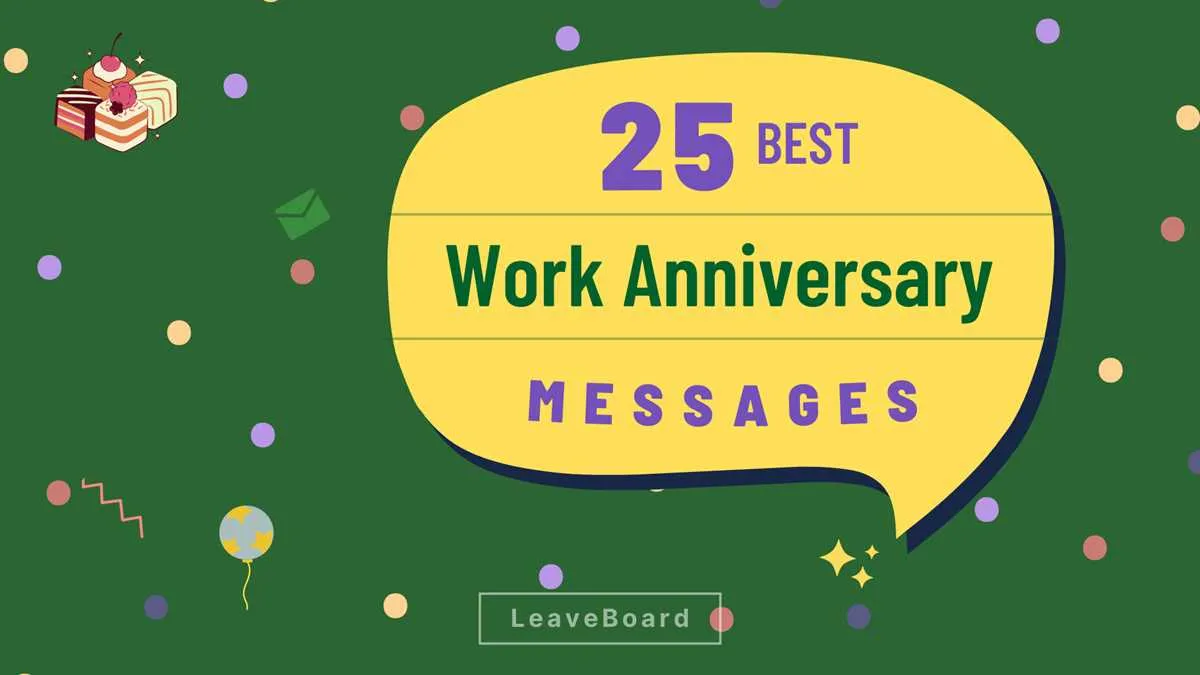Meaningful ideas for writing milestone work anniversary messages with sincerity and warmth

Focus on the number of years and the person’s specific impact. “Congratulations on 10 years with us! Your leadership on the GreenTech project set a new standard for excellence” feels far more genuine than a generic thank-you. Highlight concrete achievements to make the message personal and memorable.
Use the language your team actually speaks. If your workplace is casual, keep the tone friendly: “Five years already? Feels like just yesterday you joined our Monday morning coffee debates.” For more formal environments, stick to respectful phrasing: “We deeply value your five years of dedication and professionalism.” Consistency with your company culture strengthens the connection.
Skip the overused phrases. Avoid “Thank you for all you do” or “You’re a rockstar.” Instead, reference actual contributions. “Your work on client onboarding has made life easier for everyone” acknowledges effort and results. These specifics show real attention, not just formality.
Don’t delay sending the message. Time it close to the anniversary date, ideally on the day. Late messages suggest the milestone wasn’t on your radar. A timely note, even if brief, signals respect and attentiveness.
Include a forward-looking note. “Can’t wait to see where your ideas take us next” or “Looking forward to many more years together” adds optimism without sounding forced. Just one line can shift the tone from looking back to looking ahead.
Milestone Work Anniversary Messages
Choose a message that directly reflects the employee’s unique contribution. For a five-year milestone, highlight a specific achievement from year three that changed a process or saved resources. Mention names of projects, percentages, or measurable outcomes. Personalizing this way shows attention to detail and appreciation beyond generic praise.
Skip vague compliments. Instead, say: “Your redesign of the onboarding materials cut training time by 40%–a result still saving us hours every week.” This adds substance and makes the message feel earned.
Include a forward-looking sentence. Tie past work to future goals: “Your leadership on the launch of X has set a strong foundation for Y next quarter.” This reinforces relevance and continuity without sounding routine.
Keep tone consistent with company culture. If your environment is relaxed, use light humor or casual language. If formal, maintain professionalism but still be personal: “Your integrity and follow-through have shaped team standards in ways that continue to inspire.”
End with something tangible. Mention a reward, shoutout in a team meeting, or invite for lunch with leadership. Make the anniversary feel recognized beyond the inbox.
How to Personalize Messages for Different Career Milestones
Tailor your message by referencing a specific achievement that defines the milestone. For a five-year anniversary, mention a key project completed during year three or a skill they’ve clearly mastered since joining. Avoid generalities; instead, focus on one or two concrete contributions that show their value.
Use the employee’s name and their job title, but go further–mention how their role has evolved. For example, instead of saying “Congrats on ten years!”, write “Your transition from junior analyst to team lead over these ten years reflects your consistent drive and adaptability.”
For recent hires reaching their first year, highlight how they integrated into the team. Point out a time they went beyond expectations or made onboarding smoother for others. This reinforces positive behaviors and makes the message resonate more deeply.
Mid-career milestones like three or seven years benefit from future-focused language. Acknowledge their growth and suggest how their skills are paving the way for upcoming responsibilities. Example: “Your success leading the Q2 rollout shows you’re ready to take on broader strategic roles.”
Always consider tone. Use formal phrasing for corporate settings and casual, friendly language for more relaxed teams. A quick Slack message with a GIF might suit one culture, while a signed card with thoughtful text works better elsewhere.
Examples of Messages for 1, 5, 10, and 20-Year Anniversaries
1-Year Anniversary: “You’ve made a real impact in just 12 months. Your dedication and energy didn’t go unnoticed. Thank you for bringing your best every day–looking forward to what you’ll achieve next.”
5-Year Anniversary: “Five years of consistent contributions, strong collaboration, and growth–thank you for being such a dependable part of this team. Your insight and initiative make a difference every single day.”
10-Year Anniversary: “A full decade of commitment speaks volumes. Your experience, leadership, and reliability have shaped the team in meaningful ways. We appreciate everything you bring and continue to learn from you.”
20-Year Anniversary: “Twenty years of outstanding service deserve recognition far beyond words. Your knowledge, mentorship, and long-standing presence anchor this organization. Thank you for staying dedicated through so many phases of growth.”
Ways to Incorporate Company Values into Anniversary Messages
Mention a specific company value in the first sentence of the message. Tie the value directly to the employee’s behavior or achievement over the years. This makes the message more relevant and personal.
- Link actions to values: Instead of vague praise, highlight clear examples. For instance, if “integrity” is a core value, refer to a situation where the employee upheld ethical standards under pressure.
- Use the exact wording of the value: Mirror how the value is stated in internal documents. This consistency reinforces alignment between everyday work and broader culture.
- Keep values visible: Add the specific value as a subheading or bolded phrase in the message to draw attention and anchor the message around it.
- Quote team feedback: Collect a short comment from a colleague that reflects the value. This strengthens authenticity and community recognition.
- Use values to frame growth: Describe how the employee has developed within the context of the value. For example, “Your growth in leading collaborative projects reflects our value of teamwork.”
Make these elements standard in anniversary communications by using a template that includes a placeholder for value-based content. This keeps the focus sharp and consistent across departments.